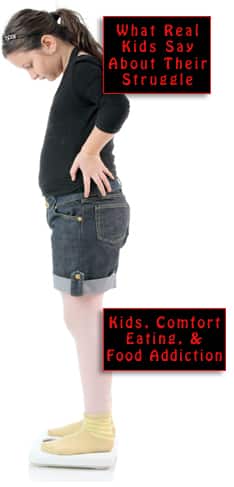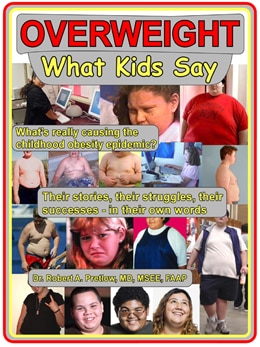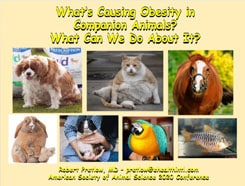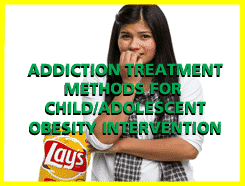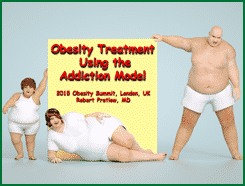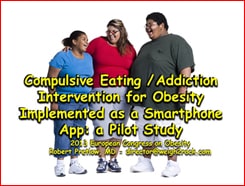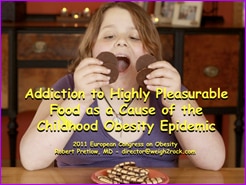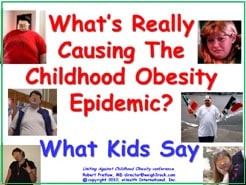It’s That Scary Time Again

Well, almost. We still have a couple of weeks to plan and stock up for Halloween. In many segments of American society, this occasion represents the starting gun, the opening act, the ground zero, the kickoff, the onset, of the anticipated and dreaded Winter Holidays. Pretty soon, edible and drinkable treats will be coming at us from many directions. Sharing festival food is one of humanity’s most ancient, honored, widespread, and deeply ingrained cultural characteristics.
In these times, how we “do” Halloween tends to set the tone for the rest of the holidays that cluster around the end of any year and the beginning of the next. If we can get through this one with relatively little damage, maybe we can survive the rest of the ordeal-by-temptation and emerge in February with heads held high, and without extra inches around the waistlines.
Non-food fun
Parents and others who are called upon to do something constructive with children are often eager to pursue the greatest possible entertainment value with the least possible caloric intake, and Childhood Obesity News has just discovered a treasure trove. The Reader’s Digest website publishes several lavishly illustrated Halloween fact collections, each one of which could provide an evening of family amusement.
Journalist Melissa Mills quotes Halloween expert Lesley Bannatyne:
The celebration of Halloween often illustrates what’s going on in our culture. Halloween feeds on zeitgeist in a way that other holidays can’t. It’s expressive of who we are and what we value, what we’re thinking about or are afraid of or love…
Take, for instance, “The Most Popular Halloween Costume the Year You Were Born.” This particular collection begins with 1950, so it’s a great opportunity for children to see what their nearest ancestors were up to in the spooky season, back in the day. What a great opportunity to spend some time sitting around and just talking with the kids — rather than eating.
To learn that Grandma’s first celebrity crush was a guy in a fur hat (Fess Parker as Davy Crockett) could be an anthropological treat. To see what Mom or Dad wore (or refused to wear, or were thwarted from wearing) for trick-or-treat at age 10 might be quite illuminating, and possibly even form new bonds between the generations.
At least a few of the entries are bound to stir up curiosity, and lead to personal reminiscences as well as interesting and possibly useful exchanges of information about pop culture figures of the past, both real and fictitious. That particular collection ends with 2005, but never fear, the most popular costumes in each American state are spotlighted by a similar article, which in turn could spark family-oriented conversation about relatives in those states, or to a phone call or two, or to some historically informed speculations about why people in different parts of the country tend to enjoy certain costumes.
If by chance the family anticipates a new member, another article offers “27 Best Pregnant Halloween Costume Ideas to Show Off Your Baby Bump.” The kangaroo is very tempting. It is easy to follow links to the other related collections, such as 38 ideas for the whole family to all dress in related outfits; 45 funny costumes; 55 scary ones; and a whopping 83 inspirations for large groups. Needless to say, any or all of these journalistic efforts can provide something Halloweeny for kids and parents to do together, other than eat.
Actually, for the ambitiously crafty family, there is still time to make some simple costumes, either imitating those seen in any of these collections, or totally different ones inspired by all the creativity on display. Any activity that diverts attention from the collecting and consuming of a ton of sugar and additives, is a win.
Your responses and feedback are welcome!
Source: “The Most Popular Halloween Costume the Year You Were Born,” RD.com, 10/04/24
Source: “Here Are the Most Popular Halloween Costumes in Every State,” RD.com, 10/24/22
Source: “27 Best Pregnant Halloween Costume Ideas to Show Off Your Baby Bump,” RD.com, 01/20/24
Image by City of Greeley/Public Domain










 FAQs and Media Requests:
FAQs and Media Requests: 